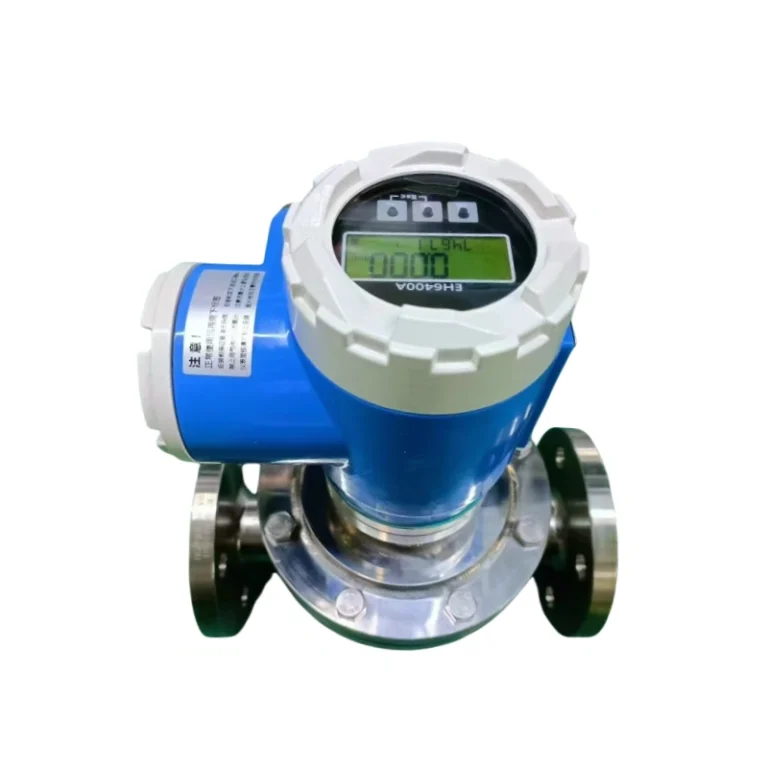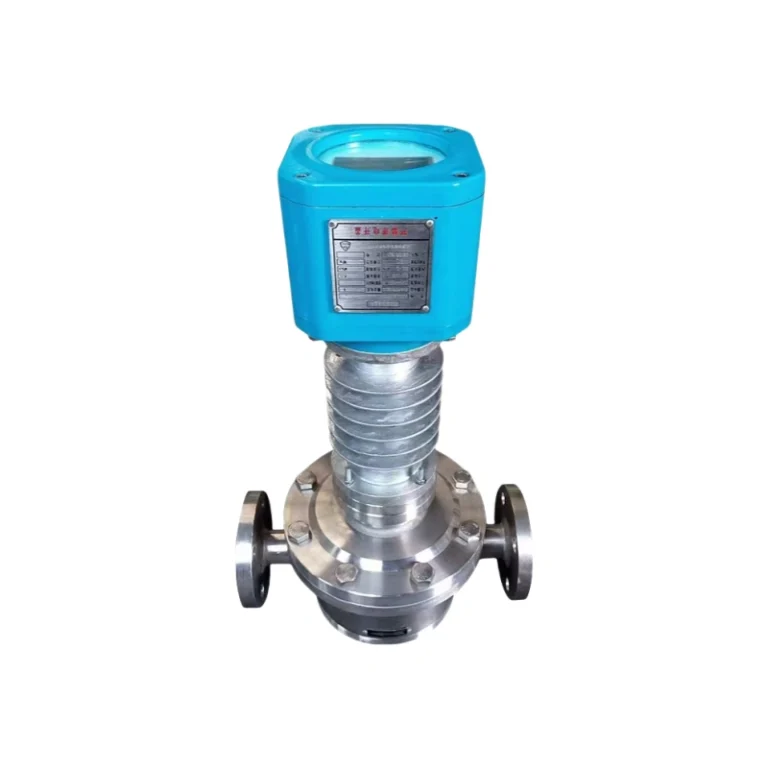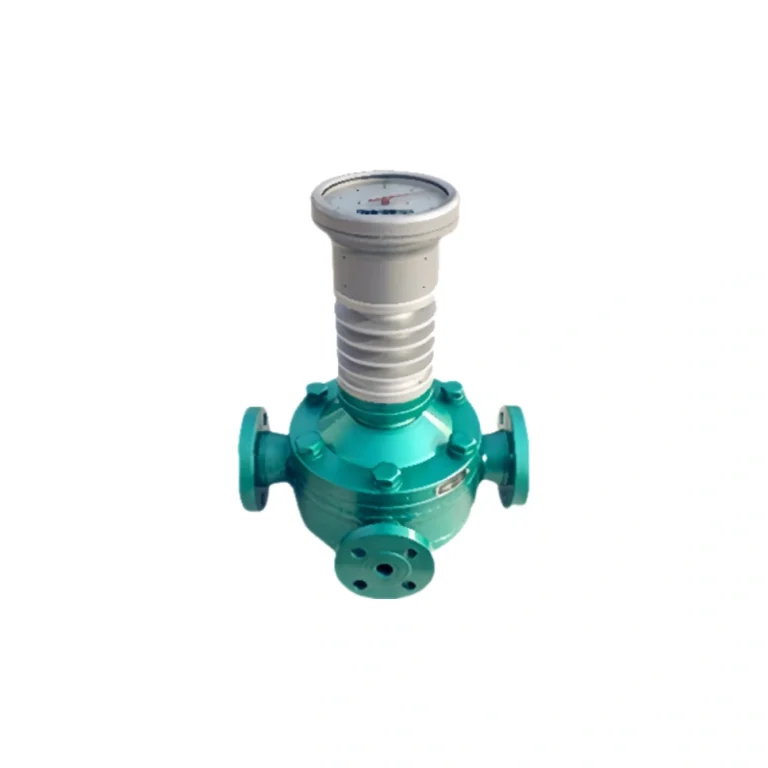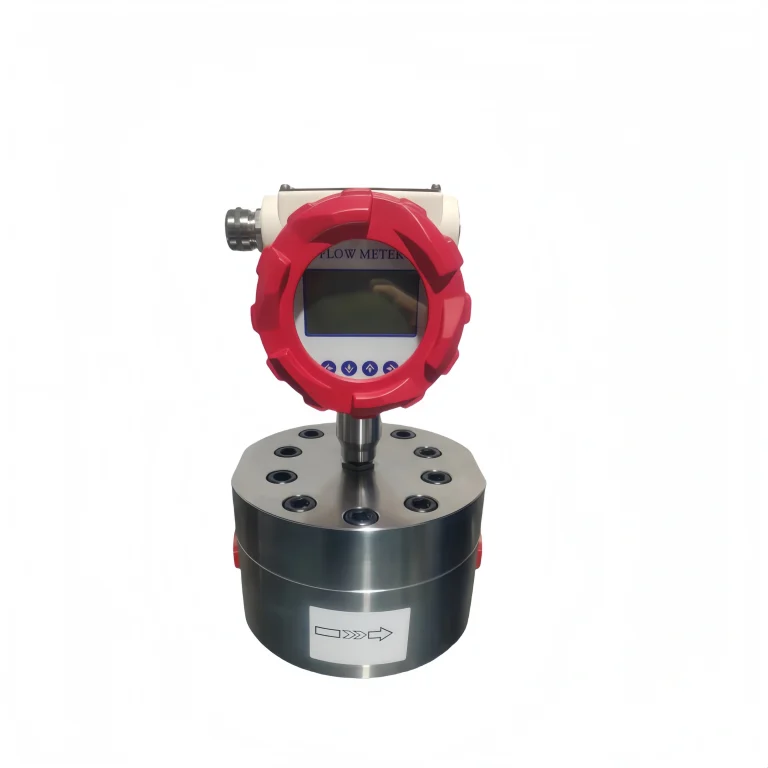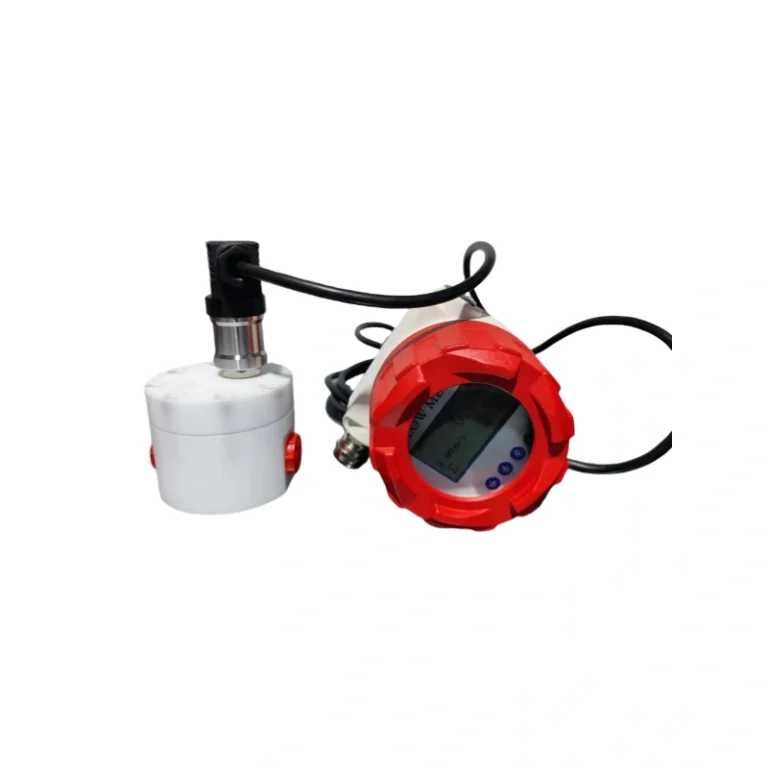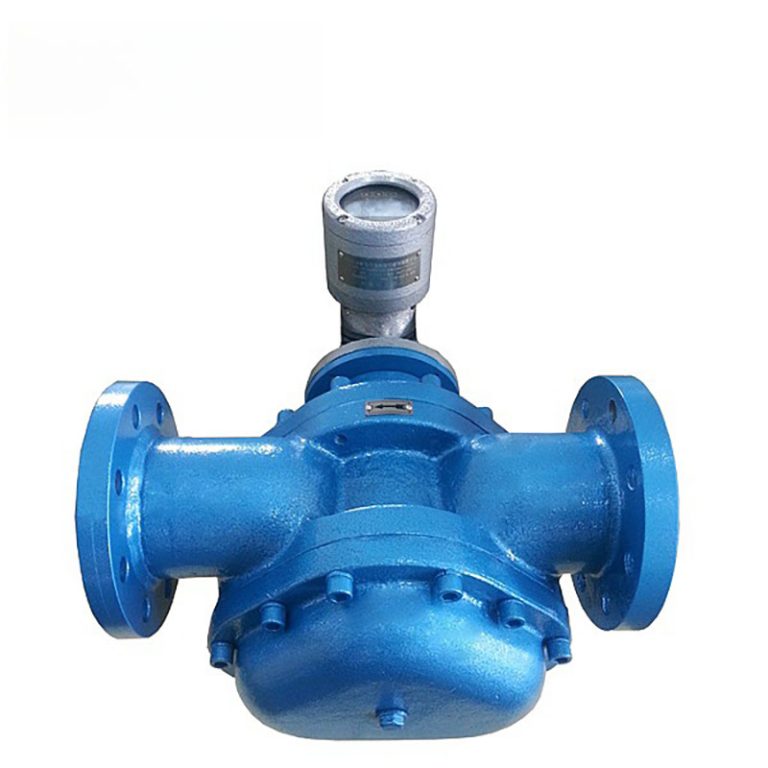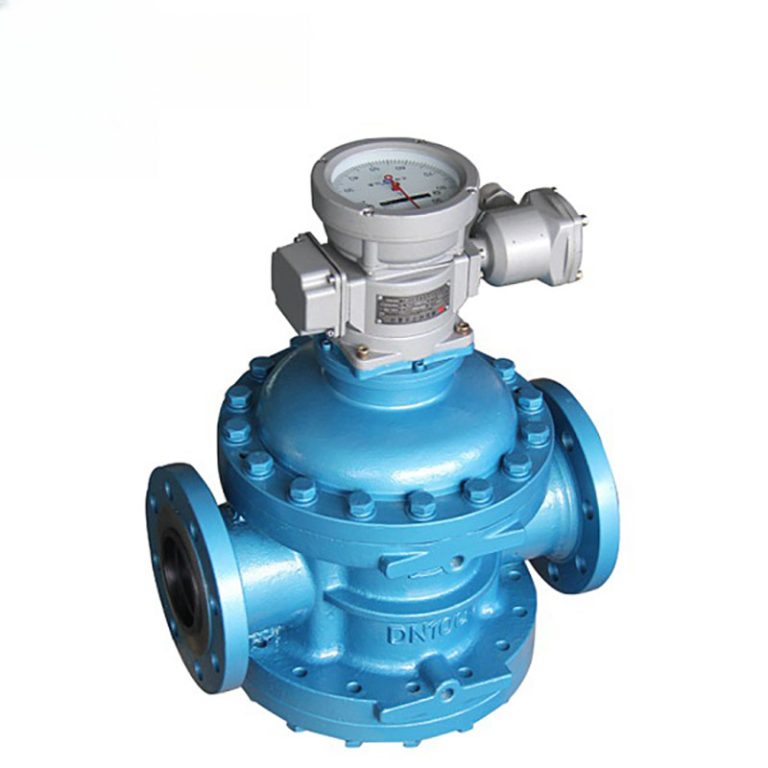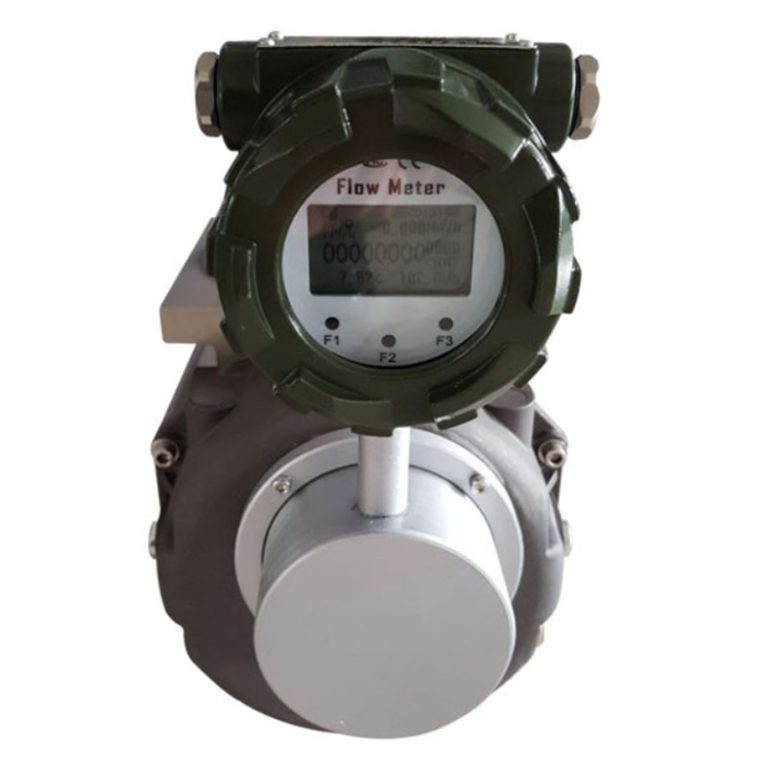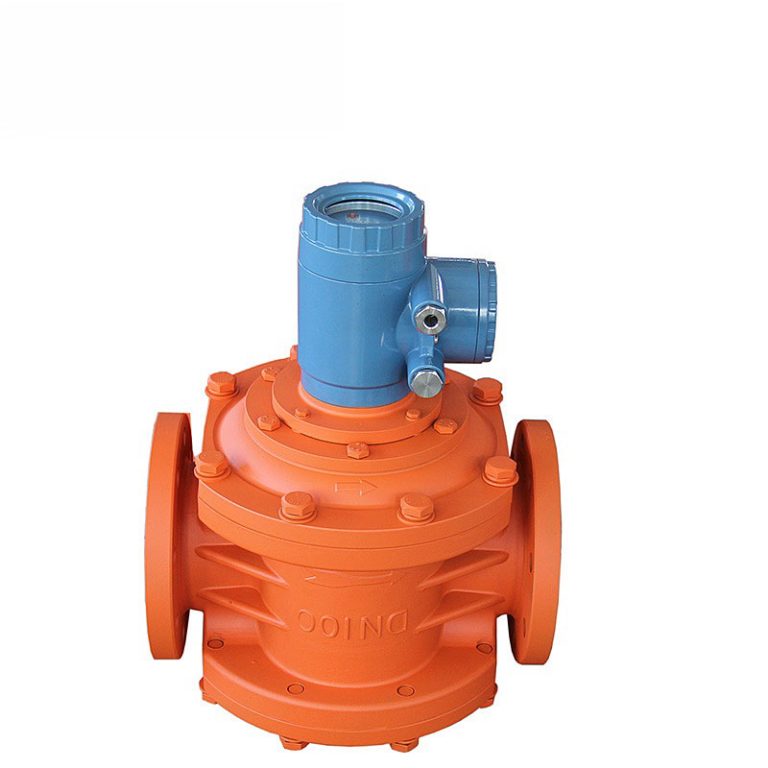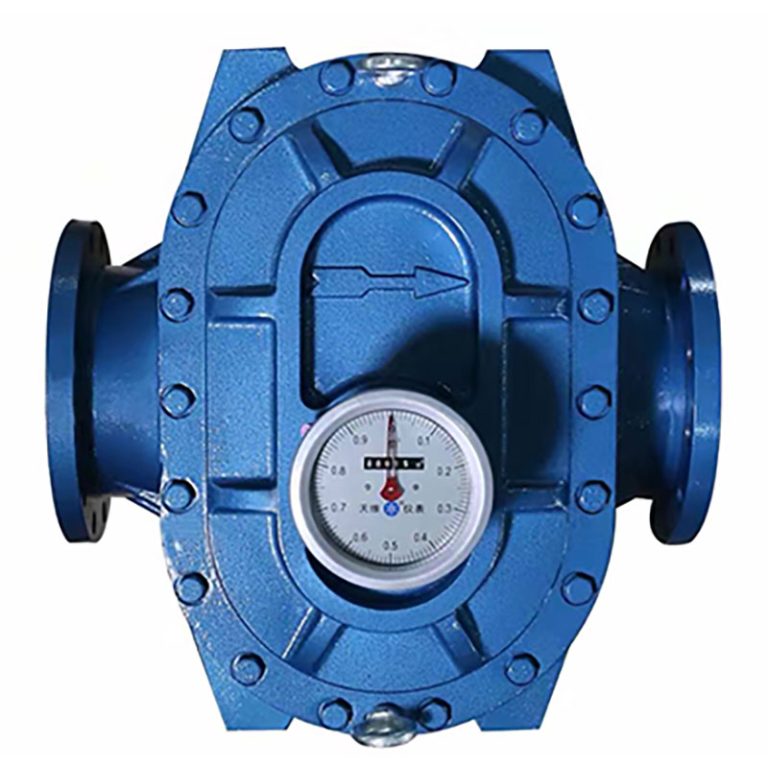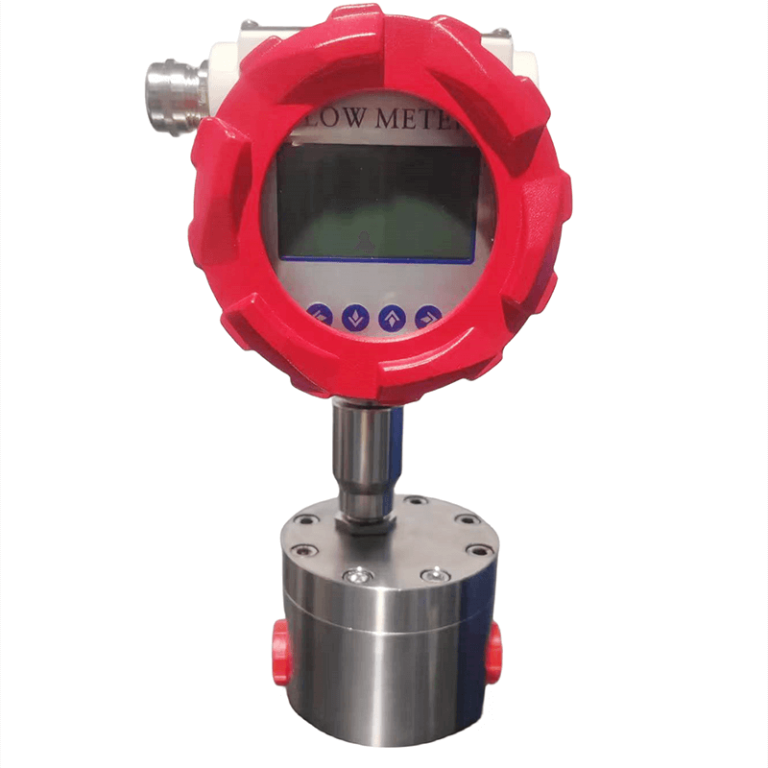Positive Displacement Flow Meters | PD Meters Manufacturer
Positive Displacement Flow Meters use the rotation of two gears to measure the precise volume of passing fluid. It is a type of Volumetric flow meter that uses fluid-driven gears to measure.
● Specifically designed for accurate measurement of thicker fluids. Such as resins, polyurethanes, adhesives, paints and various petrochemical products.
● Easier installation, no straight pipe required.
● High measurement accuracy. Generally, the measurement accuracy of PD flow meters can reach 0.5% and 0.2%.
● Optional power supply without power supply. Or connect an external power supply to support signal output.
● Can be customized for high temperature, extremely low temperature, high pressure, etc. measurements.
● There are many optional materials. Such as cast iron, cast aluminum, stainless steel, etc. Wider scope of application.
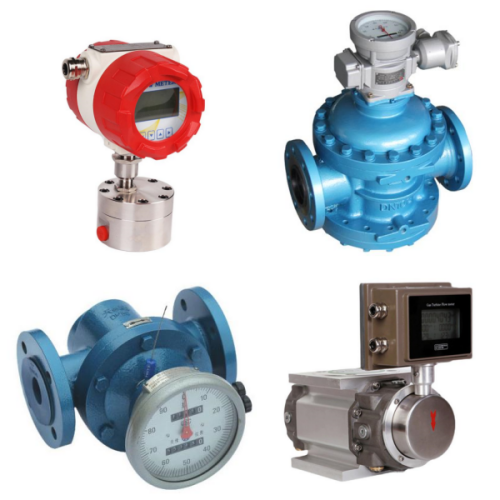
Featured Positive Displacement Flow Meters Type
From a technical perspective, there are 9 types of Positive Displacement Flow Meters. include:
●Oval gear
●Helical gears
●Spur Gear
●Spiral gear
●Reciprocating/oscillating piston
●Multi-piston
●Nutating plate/disk
●Rotary/sliding vane
●Bi-rotor and tri-rotor
Sino-Inst mainly produces and supplies Positive Displacement Flow Meters: oval gear flow meter, Spur Gear flow meter, double rotor flow meter, waist wheel flow meter, three rotor flow meter, etc.
One of the main benefits of PD flow meters is that they provide high accuracy. The high precision of the internal components means that gaps between sealing surfaces are kept to a minimum. The smaller these gaps, the higher the accuracy.
Generally, the installation of flow meters requires maintaining the length of straight pipe sections at the front and rear sections. Positive displacement flow meters are not required. Installation without straight pipe sections will not affect the measurement.
Can measure high viscosity fluids up to 400000cps. The greater the viscosity of the medium, the smaller the leakage amount from the gear and metering space gaps. Therefore, the larger the stickiness of the nuclear measurement medium, the smaller the leakage error. The more beneficial it is to measurement.
For special measurement conditions, including high-temperature heat transfer oil, liquid nitrogen fluid, etc. Customized high temperature up to 200℃. High pressure can reach 40MPa. Extremely low temperature can meet -196℃.
Choose PD Flow Meters from Sino-Inst
Positive displacement flow meters, or PD flow meters, have precise chamber volumes. This allows the flow meter to directly measure the volume of fluid as it passes through these chambers.
Each rotation of the reciprocating mechanism will correspond to a specific flow rate, thus providing a highly accurate volumetric flow rate.
Sino-Inst is a manufacturer and supplier of positive displacement flow meters. Supports customization of measurement parameters such as pressure, temperature, material, etc. Our PD flow meters are widely suitable for flow measurement of heavy oil, polyvinyl alcohol, resin, liquid nitrogen and other media.
Positive Displacement Flow Meters | PD Meters Manufacturer Applications
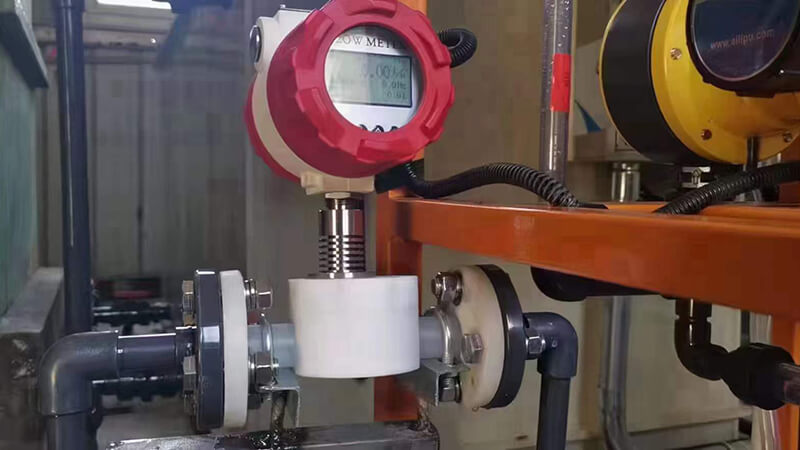
Micro Flow Measurement of Corrosive Chemical Liquids
Sino-Inst’s gear flowmeter is suitable for micro flow measurement of corrosive chemical liquids. The minimum flow rate is 0.6L/H. The flow body is made of PTFE material.
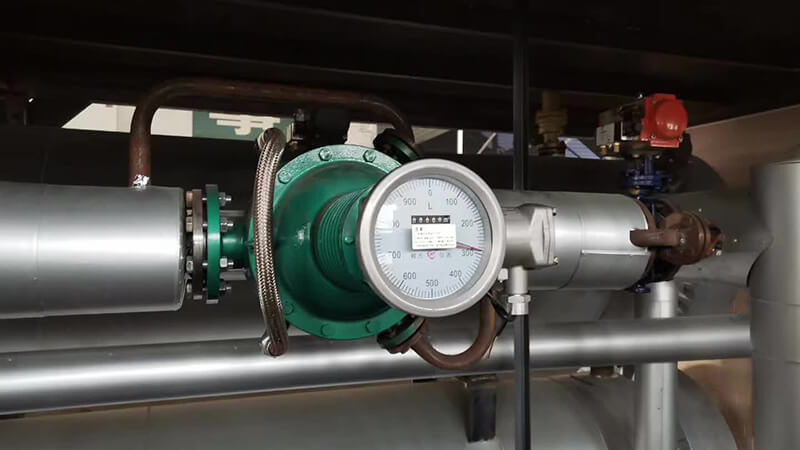
Fuel Flow Measurement
Oval gear flowmeters are suitable for the measurement of oil media such as diesel, gasoline, and marine fuel. Can be used for fuel filling and trade measurement.
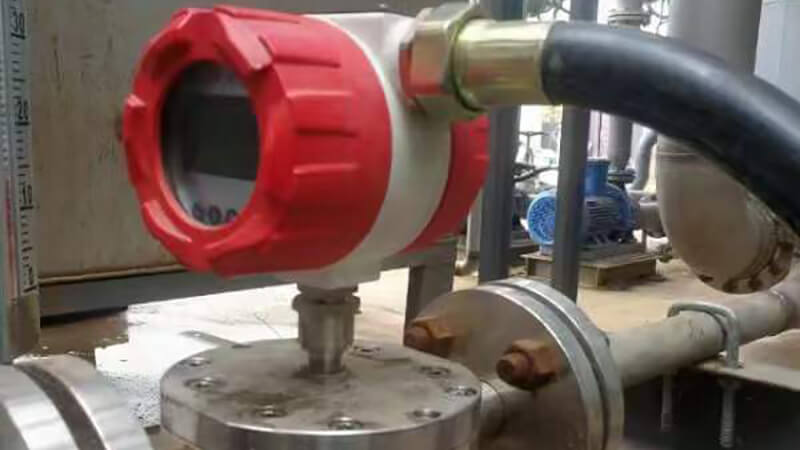
High Pressure Flow Measurement
The working pressure of conventional gear flowmeter is 1.6MPa and 4.0MPa. We support customization of high-pressure flow detection up to 20MPa, 25MPa, and 40MPa.
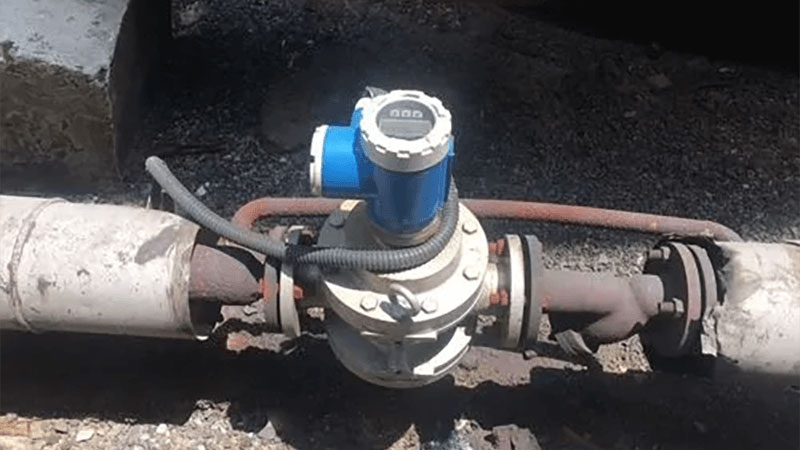
High Viscosity Flow Measurement
Positive Displacement Flow Meters are especially suitable for the measurement of high viscosity fluids. Up to 400000cps. Such as asphalt, resin, glue, grease, etc. Special design can meet high temperature of 200℃.
More Information
What Is a Positive Displacement Flow Meter?
Positive displacement flowmeters are flow measurement techniques that directly measure the amount of fluid passing through the flowmeter. It does this by trapping pockets of fluid between rotating parts housed within a high-precision chamber.
To simply understand, we have set a chamber with a standard volume. Fluid fills this chamber, drains it, and injects it again. Repeat this to calculate the total flow by counting the number of fillings.
Positive Displacement Flow Meter Working Principle
Positive displacement flow meter measurement uses a fixed small volume to repeatedly measure the volume of fluid flowing through the flow meter.
Therefore, there must be a space that constitutes the standard volume inside the positive displacement flow meter, which is usually called the “measuring space” or “measuring chamber” of the positive displacement flow meter. This space consists of the inner wall of the instrument housing and the rotating parts of the flow meter.
The working principle of a positive displacement flowmeter is: when fluid passes through the flowmeter, a certain pressure difference will occur between the inlet and outlet of the flowmeter. The rotating part of the flow meter (referred to as the rotor) rotates under the action of this pressure difference, discharging fluid from the inlet to the outlet. During this process, the fluid fills the “metering space” of the flow meter again and again, and then is continuously sent to the outlet.

Under given flowmeter conditions, the volume of the metering space can be determined by measuring the number of revolutions of the rotor. The cumulative value of the fluid volume passing through the flow meter can be obtained.
How Is a Positive Displacement Flow Meter Different from a Turbine?
Turbine flow meter and Positive Displacement Flow Meter are commonly used flow meters, both of which are used to measure liquid flow. Although both can measure liquid flow. But there are also big differences:
1. Different measurement principles:
The liquid turbine flow meter is a velocity flow meter. The flow rate and flow rate are recorded by the rotation speed of the rotor.
Positive Displacement Flow Meter is a positive displacement flow meter. It is a purely mechanical mechanism. When the flowmeter rotor rotates, it drives the counter to rotate, generating a cumulative total.
2. Working temperature:
The maximum operating temperature of the turbine flowmeter is 150°C.
The maximum operating temperature of Positive Displacement Flow Meter is 200℃.
3. Installation site requirements:
As a positive displacement flow meter, the Positive Displacement Flow Meter has relatively low requirements on the straight pipe sections before and after it, and basically has no straight pipe section requirements.
As a velocity flowmeter, the turbine flowmeter has relatively high requirements for the front and rear straight pipe sections. Especially some small-diameter turbine flowmeters must be equipped with a corresponding straight pipe section.
4. Differences in applicable media:
Water, solvents, light oils, etc. work well with liquid turbine flowmeters. Media with too high viscosity are not suitable.
The Positive Displacement Flow Meter is generally suitable for oil media, and the applicable medium viscosity is higher than that of the turbine flow meter. And the greater the viscosity of the medium, the higher the accuracy.
For some corrosive media, both flowmeters can partially measure.

